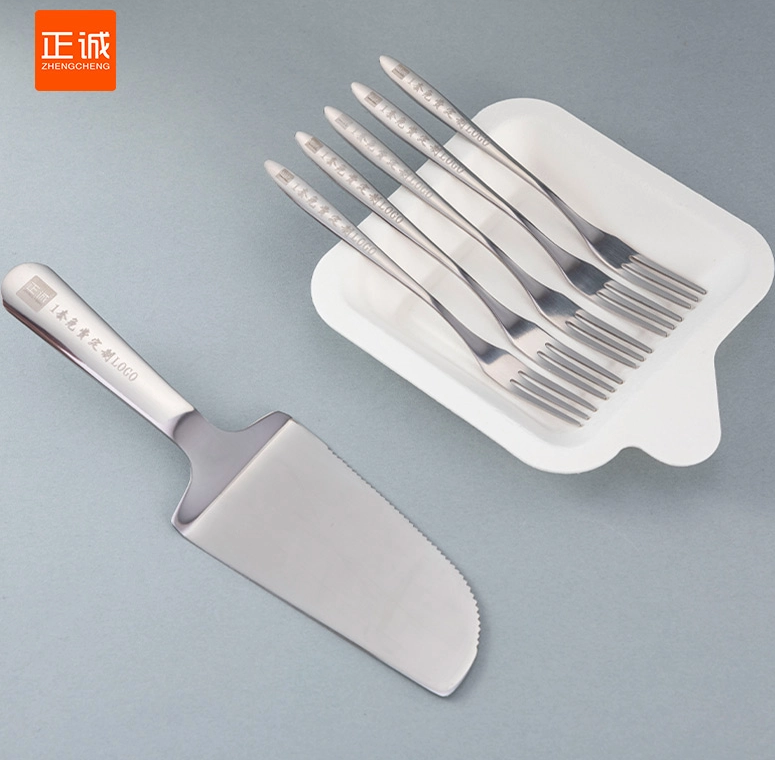In the rapidly evolving world of technology, the choice of materials for screens is crucial for achieving optimal performance, durability, and user experience. Whether for smartphones, tablets, televisions, or computer monitors, the material used in screen construction significantly impacts visual quality, touch responsiveness, and overall longevity. This article delves into the various materials available for screens, analyzing their advantages and disadvantages to help you make an informed decision.
- Understanding Screen Materials
The primary materials used in screen manufacturing include glass, plastic, and advanced composites. Each material has unique properties that cater to different applications and user needs.
1.1 Glass
Pros:
- Clarity and Color Accuracy: Glass screens, particularly those made from high-quality tempered glass, offer superior clarity and color reproduction. This makes them ideal for high-definition displays where visual fidelity is paramount.
- Scratch Resistance: Glass is inherently more resistant to scratches compared to plastic, making it a preferred choice for devices that are frequently handled.
- Durability: Tempered glass can withstand significant impact, providing a robust solution for mobile devices and televisions.
Cons:
- Weight: Glass screens tend to be heavier than their plastic counterparts, which can be a disadvantage for portable devices.
- Fragility: Despite its strength, glass can shatter upon severe impact, necessitating protective cases or coatings.
1.2 Plastic
Pros:
- Lightweight: Plastic screens are significantly lighter than glass, making them ideal for portable devices like smartphones and tablets.
- Flexibility: Certain types of plastic, such as polycarbonate, can be engineered to be flexible, allowing for innovative designs like curved or foldable screens.
- Cost-Effectiveness: Plastic materials are generally less expensive to produce, which can lower the overall cost of devices.
Cons:
- Scratch Vulnerability: Plastic is more prone to scratches and may require additional coatings to enhance durability.
- Color Distortion: Lower-quality plastics can lead to color distortion and reduced clarity compared to glass.
1.3 Advanced Composites
Pros:
- Hybrid Properties: Advanced composite materials, such as Gorilla Glass or sapphire glass, combine the benefits of both glass and plastic, offering enhanced durability without compromising on clarity.
- Lightweight and Strong: These materials are often lighter than traditional glass while providing superior resistance to scratches and impacts.
Cons:
- Cost: The manufacturing process for advanced composites can be more expensive, which may increase the final price of the device.
- Limited Availability: Not all manufacturers utilize these materials, which can limit options for consumers.
- Factors to Consider When Choosing Screen Materials
When selecting the best material for screens, several factors should be taken into account:
2.1 Application
The intended use of the device plays a significant role in material selection. For instance, a high-end smartphone may benefit from a glass screen for its superior visual quality, while a rugged tablet used in industrial settings might require a plastic or composite screen for enhanced durability.
2.2 User Experience
Touch responsiveness and visual clarity are critical for user satisfaction. Glass screens typically provide a smoother touch experience and better visual fidelity, making them suitable for devices where these factors are paramount.
2.3 Environmental Considerations
Sustainability is becoming increasingly important in material selection. Manufacturers are exploring eco-friendly materials and production processes to minimize environmental impact. Consumers should consider the lifecycle of the materials used in their devices.
- Future Trends in Screen Materials
As technology advances, new materials and innovations are emerging in the screen manufacturing industry. Some notable trends include:
- Flexible Displays: The development of flexible OLED screens is paving the way for innovative device designs, allowing for foldable smartphones and curved televisions.
- Self-Healing Materials: Research into self-healing polymers could lead to screens that can repair minor scratches and dents autonomously, enhancing longevity.
- Enhanced Coatings: Advances in nanotechnology are leading to the creation of coatings that improve scratch resistance, reduce glare, and enhance touch sensitivity.
Conclusion
Choosing the right material for screens is a multifaceted decision that depends on various factors, including application, user experience, and environmental considerations. Glass, plastic, and advanced composites each offer unique advantages and drawbacks. As technology continues to evolve, staying informed about the latest materials and trends will empower consumers and manufacturers alike to make better choices for their devices. Ultimately, the best material for screens will depend on the specific needs and preferences of the user, balancing performance, durability, and cost-effectiveness.


